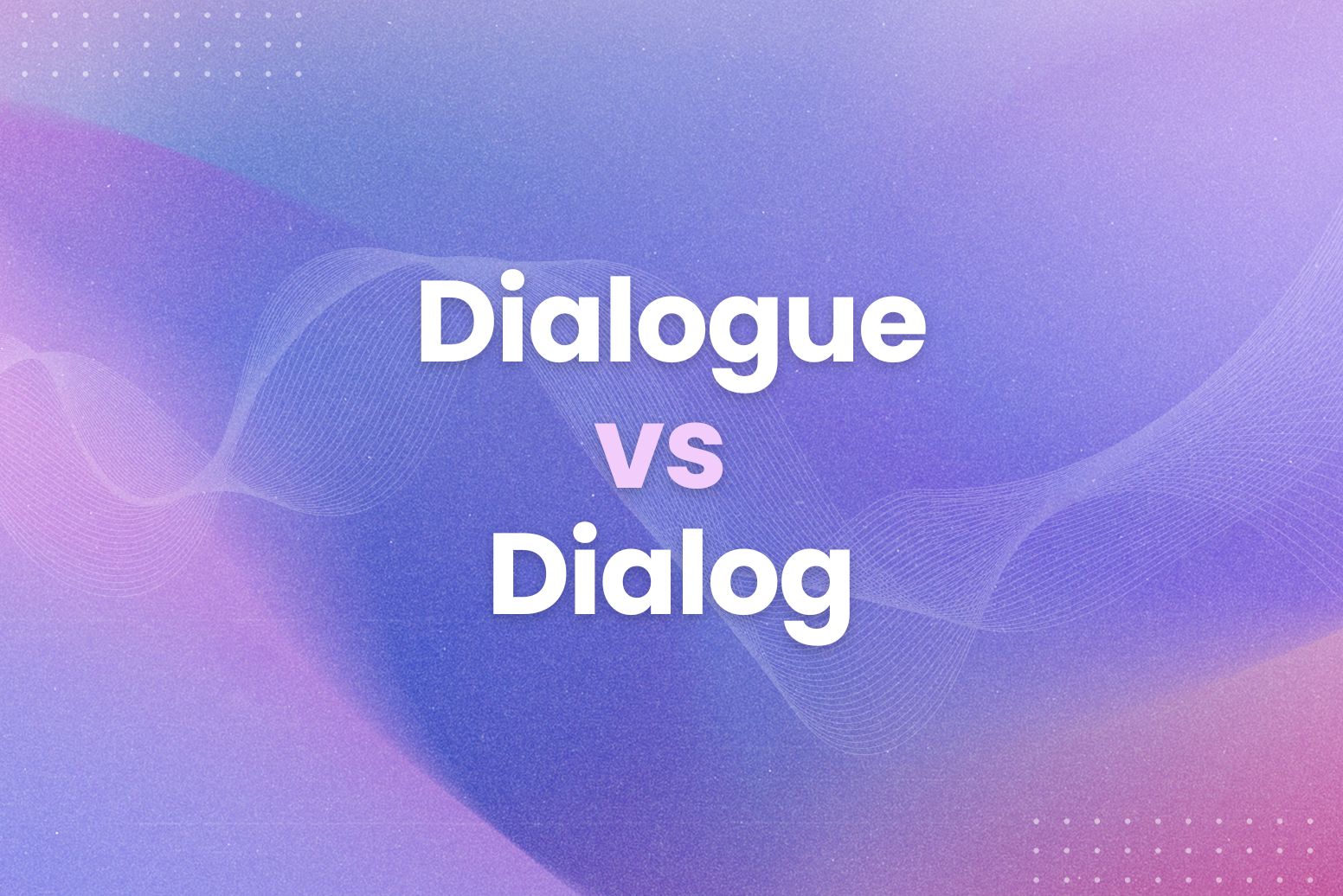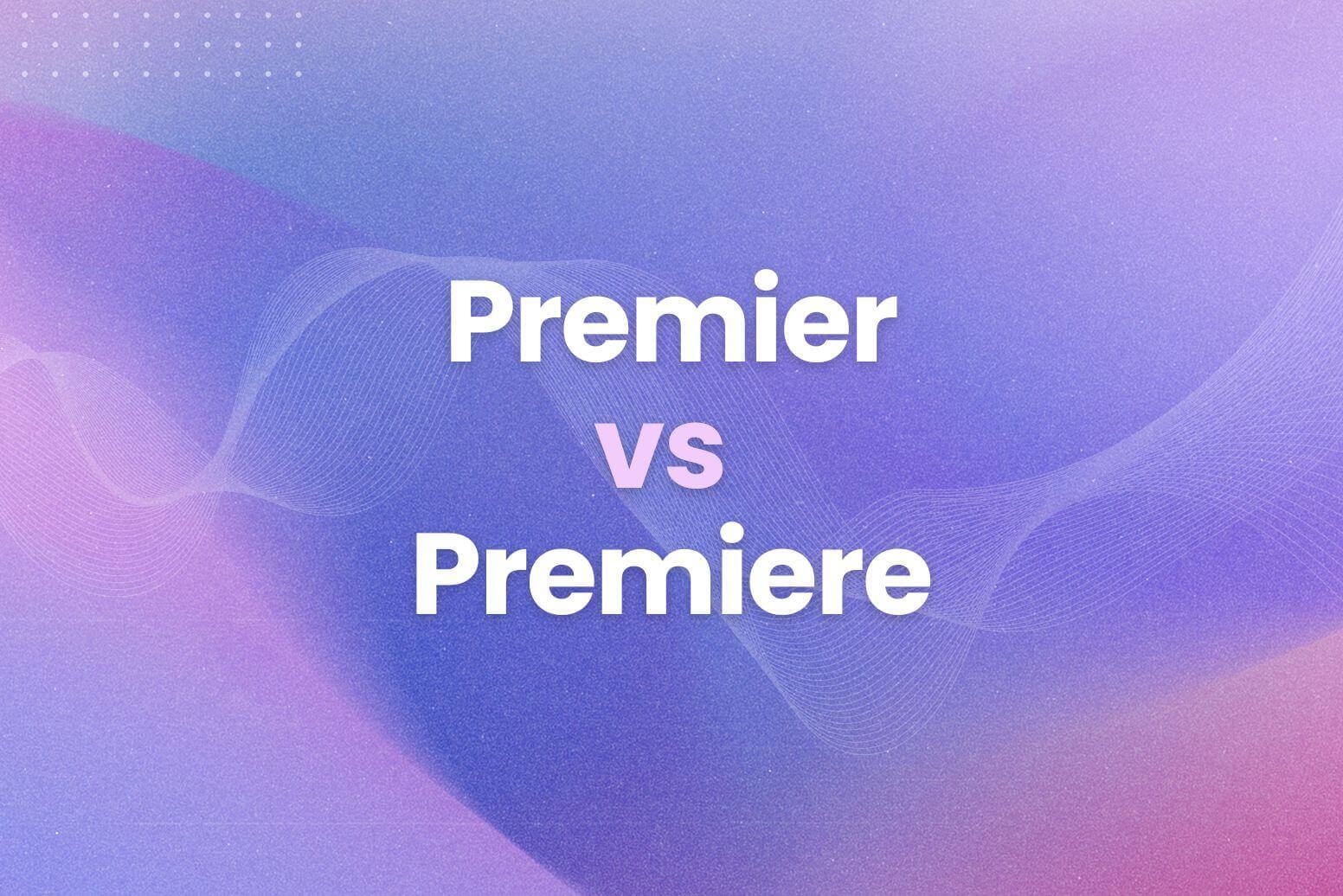“Dialogue” vs “dialog” are different. They are important, though. They show your writing style and your audience. Both words mean the same thing. But, their spelling varies. This depends on location and purpose. Knowing which to use is good. It makes your writing clear. It also looks professional.
This article breaks it all down, helping you understand the subtle distinctions.
What You’ll Learn
- Firstly, the history and evolution of these spellings
- Then, how do American and British English approach them differently
- Also, contexts where one works better than the other
- Lastly, practical examples to make things crystal clear
The History and Evolution of These Spellings
“Dialogue” and “dialog” both trace their roots to the Greek word dialogos, meaning “conversation” or “discourse.” This word traveled through Latin and Old French before becoming “dialogue” in Middle English. Over time, as languages simplified and regional preferences emerged. The shorter “dialog” entered the scene.
In British English, the longer “dialogue” remained the standard, reflecting its preference for traditional spellings. On the other hand, American English leaned toward simplification. This dropped the “ue” to create “dialog.” This shift mirrored broader trends in American spelling. For instance, as “color” instead of “colour.”
However, the story doesn’t end there. While “dialogue” is still used to describe formal or literary conversations, “dialog” found a niche in technology. For example, software designers adopted “dialog” to label pop-up windows. This emphasizes brevity and modernity.
This dual usage reflects how language adapts to culture and context. Above all, understanding this history can help you decide when to use one over the other, depending on your audience and purpose.
How Do American and British English Approach Them Differently?
American and British English often part ways when it comes to spelling. And “dialogue vs dialog” is no exception. This difference is rooted in their approach to language evolution.
In British English, “dialogue” is the preferred spelling. It reflects a tendency to preserve traditional forms. For example, British writers often stick with spellings like “colour” and “favourite.” This choice feels formal and aligns with literary traditions.
On the other hand, American English favors “dialog.” Why? Americans have a history of simplifying spellings. Words like “catalog” and “program” followed a similar pattern, dropping unnecessary letters to streamline communication.
But the distinction isn’t always black and white. For instance:
- In creative writing, Americans still use “dialogue” for character conversations.
- In technical fields, “dialog” (like in “dialog box”) has become the standard, even in British English.
To conclude, British English leans formal and traditional. Meanwhile, American English opts for efficiency. Understanding this nuance helps you match your word choice to your audience’s expectations.
Contexts Where One Works Better Than the Other
Choosing between dialogue vs dialog isn’t just about geography—it’s also about context. Each spelling serves a specific purpose. This depeds on what you’re writing and who you’re writing for.
When “Dialogue” Works Best
- Formal writing. Use “dialogue” in academic papers, literature, and professional settings. It feels polished and aligns with traditional standards.
- Describing conversations. Whether you’re writing a novel or analyzing a discussion, “dialogue” emphasizes the interactive nature of the exchange.
Example: “The dialogue between the characters revealed their hidden motives.”
When “Dialog” Fits the Bill
- Tech and software: In programming or UI/UX design, “dialog” is the go-to. Think “dialog box” or “error dialog.” It’s concise and modern.
- Casual or American-specific content: If your audience prefers brevity (and you’re writing informally), “dialog” works well.
Example: “Click the dialog box to proceed with the installation.”
Pro Tip: If you’re unsure, consider your audience and tone. For formal or international readers, stick with “dialogue.” For American-centric or tech-savvy readers, “dialog” might be a better fit.
Understanding these nuances makes it easier to write with precision. This ensures your choice always resonates with your readers.
Practical Examples to Make Things Crystal Clear
Examples can often explain what rules and guidelines cannot. Below are common scenarios that show when to use “dialogue” or “dialog”.
Creative Writing
- Correct: The dialogue between the protagonist and antagonist was intense.
- Explanation: “Dialogue” is appropriate because it refers to a spoken exchange. Often in literary or narrative contexts.
Software Instructions
- Correct: Click the dialog box to confirm your action.
- Explanation: “Dialog” is widely used in tech settings due to its brevity and acceptance in programming.
Academic Discussion
- Correct: The research focused on interfaith dialogue as a means to promote understanding.
- Explanation: In formal, academic, or philosophical discussions, “dialogue” conveys seriousness and depth.
Informal Communication
- Correct: We need to open a dialog about the upcoming changes.
- Explanation: In casual American English, “dialog” simplifies the spelling while keeping the meaning intact.
Quick Tip for Writers: When you’re editing your work, tools like Arvin can come in handy. For instance, Arvin’s grammar-checking feature can spot inconsistencies like switching between “dialogue” and “dialog.” This ensures your writing stays consistent, no matter the context.
By keeping these examples in mind, you’ll always choose the right term with confidence.
Make Word Choice Simple with Arvin
Choosing between dialogue vs dialog doesn’t have to be complicated. With a clear understanding of their origins, regional differences, and contexts. You can confidently decide which spelling fits your writing.
Here’s a quick recap:
- Firstly, “dialogue” suits formal, literary, or British English contexts.
- Then, “dialog” works best in tech, informal, or American settings.
- Lastly, consider your audience and purpose before making the call.
Arvin can be a lifesaver when juggling grammar, spelling, and style. Its grammar-checking feature helps you catch mistakes and ensures language choices are consistent. Whether you’re crafting professional emails or editing a novel, Arvin makes precise writing effortless.
FAQs
What is the difference between dialog and dialogue in programming?
In programming, “dialog” is the preferred term. It refers to graphical pop-ups like dialog boxes or user prompts. Meanwhile, “dialogue” is rarely used in tech contexts. This is because it’s associated with literary or conversational meanings, which don’t align with programming usage.
Is dialog British or American?
“Dialog” is American. It reflects the U.S. trend of simplifying words. On the other hand, “dialogue” is more common in British English. However, even British tech writers often use “dialog” for technical terms. This shows how context can override regional preferences.
What is the correct word for dialogue?
Both “dialogue” and “dialog” are correct. It depends on what you’re writing and for whom. For example, use “dialogue” in formal writing. Use “dialog” in informal or technical contexts. Consider your audience and purpose before choosing.
What is an example of a dialog?
In tech, a dialog might look like this: “Are you sure you want to delete this file?” This is a typical dialog box message. It’s short, direct, and part of the user interface. Meanwhile, “dialogue” examples often involve conversations between people.
Is dialog the same as dialogue?
Yes, but only to a point. Both words share the same origin and general meaning. However, “dialogue” is longer and formal. “Dialog” is shorter and casual. Their usage often depends on regional spelling rules or the context of the text.






